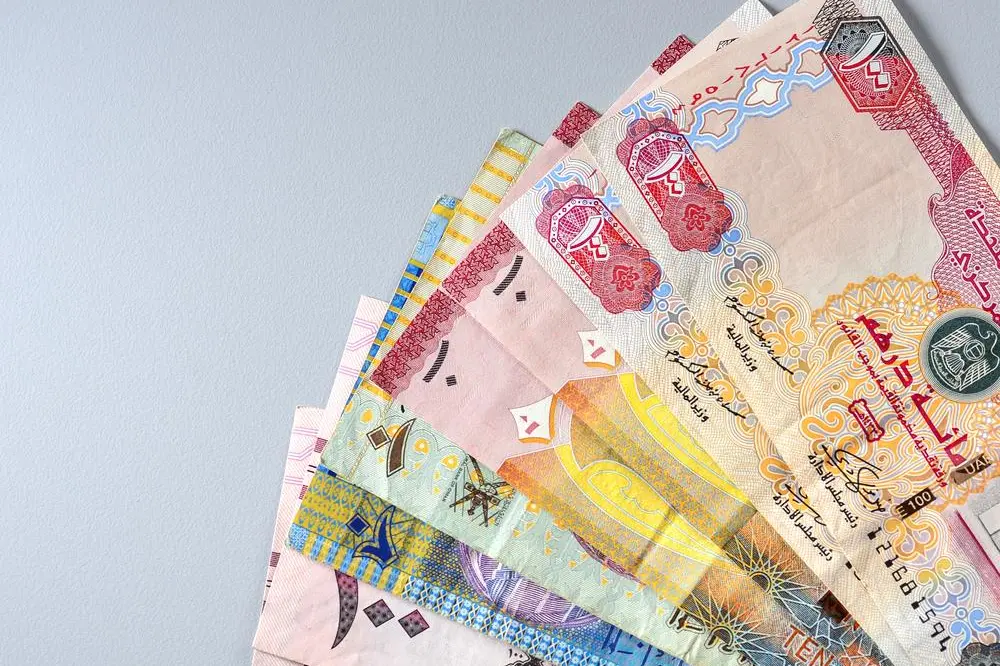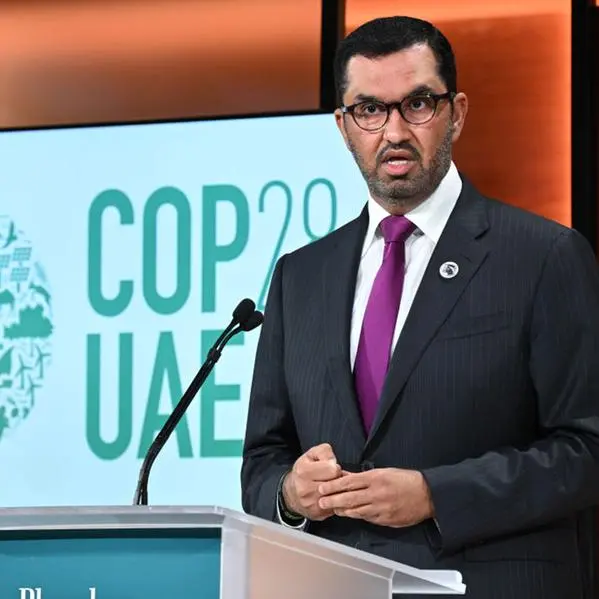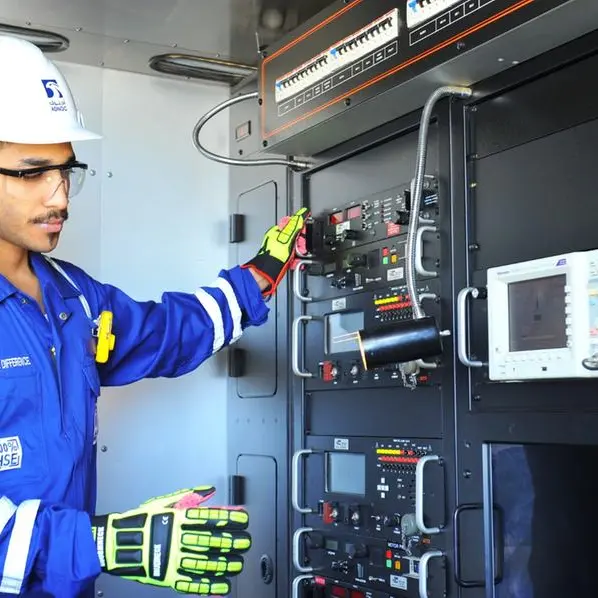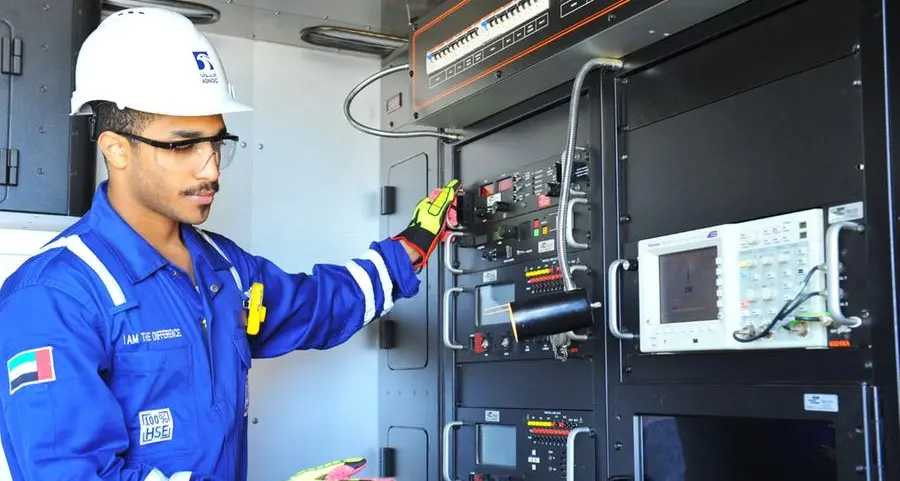PHOTO
The balance sheets of Islamic banks in the Gulf Cooperation Council (GCC) remain broadly stable despite facing challenging market conditions, and lenders are expected to increase their assets by mid-single digits in the next one to two years, according to ratings agency S&P Global.
“The economic environment became much less supportive after the drop in oil prices that started in 2014, the significant increase in geopolitical risk, and the pressure on some economic sectors in specific countries (for example, the real estate and SMEs sector in the UAE, the contracting, real estate and hospitality in Qatar, contracting in Saudi Arabia, etc.),” Mohamed Damak, global head of Islamic Finance and a senior director at S&P Global Ratings, said.
“The operating environment is still marked by our expectations of muted economic growth across the GCC despite some benefit from government spending and strategic initiatives such as national transformation plans, the 2022 FIFA World Cup, and Dubai Expo 2020,” Damak added in an emailed response to questions from Zawya.
Despite the worsening economic conditions faced in recent years, Islamic banks have displayed resilience and this is expected to continue, according to Damak.
“The biggest sources of risk for them in the next 12-24 months stem from their exposure to riskier countries (Turkey for example) and any unexpected increase in geopolitical risks or a significant drop in oil prices,” he said. “Under our base case scenario, we exclude the two latter risks.”
For the first time in five years, the expansion of Gulf Islamic banks was slower than that of their conventional peers in 2018, as some Islamic banks were hit by the depreciation of the Turkish Lira, and as Qatar’s weakened economic sectors and consolidation in the country weighed on the growth of Islamic banks. However, there was only a 1 percent difference between the growth of conventional and Islamic lenders in 2018.
Despite the challenges, several Gulf Islamic banks maintained sound profitability and asset quality indicators, along with healthy funding profiles, according to the report.
As for the outlook in the next 24 months, S&P expects Islamic banks will have similar growth patterns to conventional banks.
“Similar to their conventional peers, GCC Islamic banks are well entrenched in the financing of their local real economies and therefore, any potential significant development on the real economic front will find its ways to banks’ balance sheets though lower growth in case of muted economic performance and vice-versa,” Damak said.
As for profitability, little growth is expected in profit growth 2019 and 2020. Financing growth is also expected to remain limited as banks avoid exposure to higher risks.
But despite slowing growth in deposits in GCC Islamic banks in 2018, with deposits growing by 2.5 percent in 2018 compared to 6.4 percent in 2017, their liquid assets are expected to increase as a result of a stabilisation of oil prices along with relatively muted loan growth.
On the key factors expected to impact the asset quality of Islamic banks in the next 24 months, Damak said the sectors already highlighted (i.e. real estate and SMEs in the UAE, and contracting, real estate and hospitality in Qatar) would be the main driver of potential loan impairments over the next 12-24 months.
“On the overall stock of problematic assets, we do expect a stabilisation as we think banks took the opportunity of IFRS 9 / FAS30 transition to err on the conservative side when it comes to asset quality problems recognition,” Damak said.
IFRS9 was introduced at the beginning of 2018 by the International Accounting Standards Board. One of its main impacts on banks has been for lenders to take a more forward-looking approach in terms of impairments to assets.
He added that problem loans may increase in severity “given the muted economic growth and the continued pressure on real estate and contracting sectors in some countries”.
The ratings agency used a sample of 17 Islamic banks and 27 conventional banks with total assets of over $2 trillion.
(Reporting by Nada Al Rifai; Editing by Michael Fahy)
Our Standards: The Thomson Reuters Trust Principles
Disclaimer: This article is provided for informational purposes only. The content does not provide tax, legal or investment advice or opinion regarding the suitability, value or profitability of any particular security, portfolio or investment strategy. Read our full disclaimer policy here.
© ZAWYA 2019











